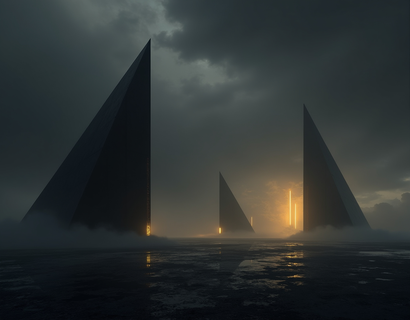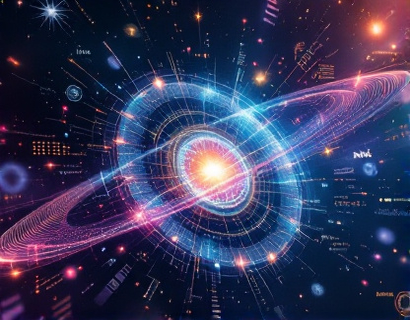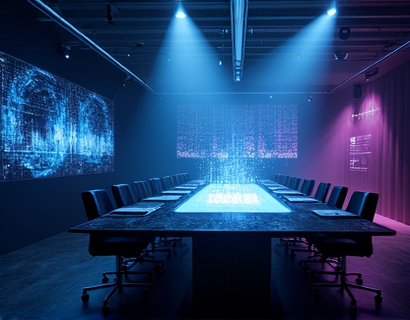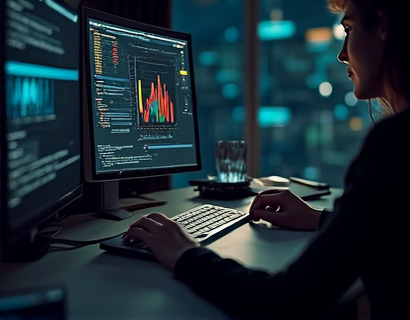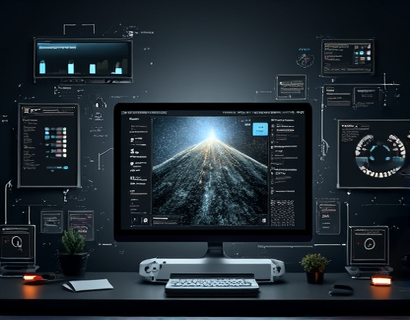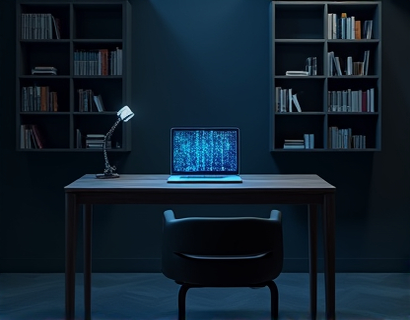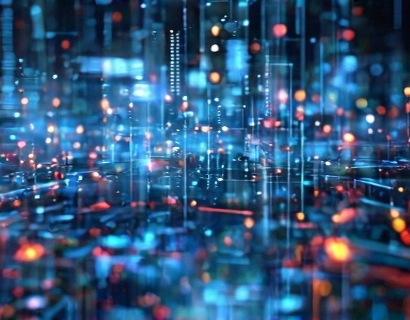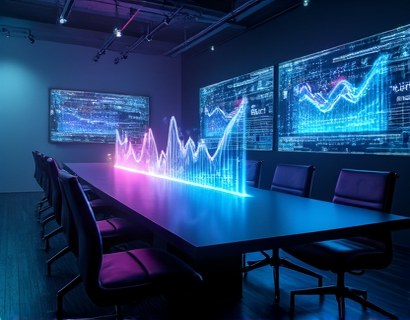Exploring the Rich Tapestry of Unique Digital Assets: A Comprehensive Guide for Enthusiasts and Collectors
The digital age has ushered in a new era of collectibles and assets, transcending the traditional boundaries of physical items. For enthusiasts and collectors, the landscape is now rich with unique digital assets, each offering a distinct value and allure. This comprehensive guide delves into the diverse world of digital assets, providing insights into their types, value, and the platforms where they can be discovered and appreciated.
Digital assets, often referred to as digital collectibles or U assets, encompass a wide range of items created and stored in digital form. These can include digital art, rare in-game items, unique NFTs (non-fungible tokens), virtual real estate, and more. Each category offers a unique set of characteristics and appeal, catering to a broad spectrum of interests and passions.
Digital Art: A New Frontier for Collectors
Digital art has emerged as a significant segment within the digital asset space. These artworks are created using digital tools and platforms, often leveraging blockchain technology to ensure authenticity and ownership. The use of NFTs in digital art has revolutionized the way artists distribute and monetize their work, providing a transparent and secure method for provenance.
The value of digital art pieces can vary widely, from emerging artists with a following to renowned creators whose works command high prices. Platforms like OpenSea and Rarible have become hubs for digital art collectors, offering a marketplace where artists can showcase their work and collectors can discover and purchase unique pieces. These platforms not only facilitate transactions but also provide a community space for artists and collectors to connect and engage.
In-Game Collectibles: Enhancing Gaming Experiences
In-game collectibles have long been a source of excitement for gamers. These items, often obtained through gameplay or purchased with in-game currency, can range from rare skins and costumes to unique weapons and accessories. The introduction of blockchain technology has elevated in-game collectibles to a new level, allowing for true ownership and transferability outside the game environment.
Platforms such as Axie Infinity and Decentraland have popularized the concept of in-game assets as valuable digital commodities. These platforms enable players to not only collect and trade items but also to build and manage virtual properties, creating a multifaceted ecosystem where digital assets play a central role. The potential for these assets to appreciate in value adds an extra layer of excitement and investment opportunity for collectors.
NFTs: Beyond Art and Gaming
While digital art and in-game collectibles are prominent, NFTs extend their reach into various other domains. Unique digital collectibles can represent anything from virtual real estate to exclusive access to events, and even digital versions of physical items like certificates of authenticity for rare collectibles. The versatility of NFTs allows for a wide array of creative and practical applications.
The NFT market is rapidly evolving, with new platforms and projects emerging regularly. Marketplaces like SuperRare and KnownOrigin focus on digital art, while platforms like Foundation and X2Y cater to a broader range of digital assets. These platforms provide tools for creators to mint and manage their NFTs, as well as marketplaces for collectors to discover and purchase unique items.
Virtual Real Estate: A New Dimension of Ownership
Virtual real estate represents a fascinating intersection of digital assets and virtual worlds. In platforms like Decentraland and Sandbox, users can purchase, build, and trade virtual land parcels. These digital properties can serve as the foundation for virtual businesses, art galleries, or even residential spaces. The value of virtual real estate is often tied to its location, uniqueness, and the potential for development or rental income.
The ability to own and trade virtual real estate has attracted a diverse group of investors and enthusiasts. From tech-savvy individuals to traditional real estate investors, the allure of this new frontier is undeniable. The potential for these digital properties to appreciate in value, combined with the creative freedom they offer, makes virtual real estate an exciting area to watch.
Building a Collection: Tips for Enthusiasts
For those looking to build a collection of digital assets, several key considerations can enhance the experience. First, it's essential to define your interests and focus on a specific category, whether it's digital art, in-game collectibles, or NFTs. Specialization can help you navigate the vast landscape more effectively and build a cohesive collection.
Second, understanding the technology behind digital assets, particularly blockchain, is crucial. Familiarizing yourself with terms like smart contracts, wallets, and exchanges will make the process smoother. Security is paramount, so using reputable wallets and being cautious of phishing attempts are essential steps.
Third, engage with the community. Online forums, social media groups, and dedicated platforms provide valuable resources and networking opportunities. Connecting with other collectors and creators can offer insights, tips, and potential investment opportunities.
Investing in Digital Assets: Risks and Rewards
Investing in digital assets carries both potential rewards and risks. The market is still relatively new and highly speculative, with prices fluctuating significantly. However, for those willing to do their due diligence, the rewards can be substantial. Rare and highly sought-after digital assets have the potential to increase in value dramatically over time.
It's important to approach investments with a well-researched strategy. This includes understanding the market trends, the creators and projects behind the assets, and the overall demand. Diversification can also help mitigate risks, as spreading investments across different types of digital assets can reduce the impact of any single asset's performance.
Preserving and Displaying Your Collection
Once you've built your collection, preserving and displaying it can be a rewarding endeavor. Digital assets can be stored in secure wallets, and for NFTs, platforms like OpenSea allow owners to showcase their collections in personalized galleries. Some collectors also choose to create physical representations of their digital assets, such as printed certificates or custom frames, to display in their homes.
For virtual real estate, managing and showcasing properties can involve creating virtual tours or hosting events within the platform. The ability to interact with and experience your digital assets in a virtual environment adds a unique dimension to collecting.
Conclusion
The world of unique digital assets offers a rich and dynamic landscape for enthusiasts and collectors. From digital art and in-game collectibles to NFTs and virtual real estate, there is a vast array of opportunities to explore and invest. By understanding the different types of digital assets, staying informed about market trends, and engaging with the community, collectors can build valuable and meaningful collections. As the digital asset market continues to evolve, it promises to offer even more exciting possibilities for the future.



